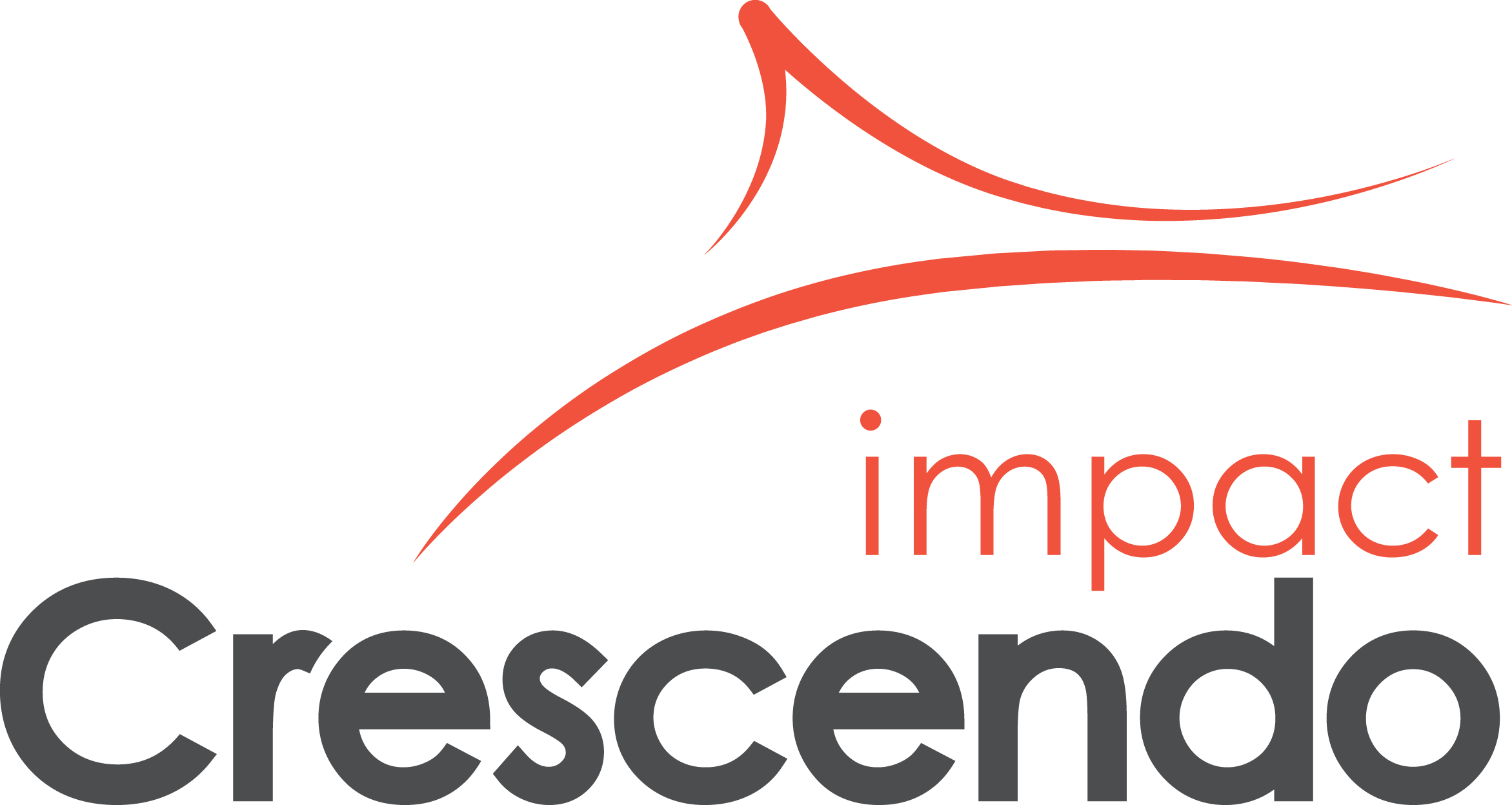In human resources, our reflex is to focus mainly on individual issues and large organizational policies. We oscillate between the micro and the macro. But the focus on the team and the workgroup is coming back strongly. Are you paying enough attention to them?
According to a study published by the ADP Research Institute in 2019 entitled The Power of Hidden Teams, organizations are going about it the wrong way by focusing on culture and individuals as if they operate in silos. Instead, organizations would benefit from investing where the employee experience is most meaningful: within their team.
When it comes to increasing engagement or developing talent, organizations tend to work on two levels. They strengthen the culture to create an environment that is conducive to engagement and growth. They also support individuals by giving them stretch mandates and feedback, for example, or by opening a dialogue on their strengths, areas of interest and desired professional contribution. This is all well and good. But it is also incomplete.
The team is the reality of our work experience. It’s where we pool our strengths and values, where we work together, where we open the door to trust, feedback, and the sharing of ideas, and where we reinforce who we are at our best. The team is therefore an important lever for engagement and growth.
Engagement Lever
Researchers at the ADP Research Institute surveyed nearly 20,000 people with the intention of discovering what was the strongest lever for engagement and performance (see below).
Affirmations that foster engagement
“I am very excited about the mission of my company.”
“At work, I clearly understand what is expected of me.”
“In my team, I am surrounded by people who share my values.”
“I have the chance to use my strengths every day at work.”
“My teammates have my back.”
“I know I will be recognized for excellent work.”
“I have great confidence in my company’s future.”
“In my work, I’m always challenged to grow.”
Surprisingly, the most significant engagement factor was not on this list! In fact, working in a team doubles the likelihood that an employee will say they are fully engaged, compared to working alone. For those surveyed, the people they work with and the interactions they have with them outweigh everything else, according to the ADP Research Institute’s research.
Growth Lever
Team solutions are a powerful lever for overcoming obstacles, and the organizations cited in the book An Everyone Cultureby Robert Kegan and Lisa Lahey have understood this. They are what these authors call Deliberately Developmental Organizations, which are organizations that have deliberately created a culture where all individuals are continuously growing through their daily work. Charlie Kim, founder and CEO of Next Jump, one such organization, sums up this dynamic with a simple equation: Better Me + Better You = Better Us.
Better me, because I invest in my development, I use my strengths and I push my limits. Better you, because I also contribute to your development by helping you to highlight your strengths and push your limits. Better us, because the team and the organization benefit, becoming fertile ground for innovation, learning and improvement. This is what we call a growth culture, where everyone is motivated to give the best of themselves, to make their talents and those of their colleagues grow.
How to take action, concretely?
If it is essential to work on culture and on individuals and teams, how can we act simultaneously and in an integrated way on these three fronts?
By taking on transformative team challenges.
Percentage of fully engaged employees:
- Employees who are not on a team: 8%
- Employees who are on a team: 17%
(Source : ADP Research Institute, 2019)
What’s a transformative team challenge?
It is a short-term challenge that we set as a team and that we decide to take on in order to work better together. It is a collective challenge that includes the manager. No one is in a position of authority or expert. Taking on transformative team challenges means undertaking focused development sprints that build on what is present in the team at that moment. As Ashley Goodall, executive vice president at Cisco, puts it, it’s “one-size-fits-one-team.”
How does it work?
The team identifies the theme on which it will focus its development. Team members gather in a kick-off workshop to agree on an initial challenge to be addressed as a team within 30 to 60 days.
Each person then determines what their personal contribution to the team challenge will be and communicates it to their teammates. This is a specific, observable behavior that the individual commits to working on over the next few weeks and that will directly contribute to the team challenge. Each contribution can be different: the important thing is that it is relevant to the individual and to the team. Somewhat like a public statement, each person highlights the individual strengths that support their contribution and identifies a pitfall, a “banana peel” that they may slip on in the challenge.
We then move on to concrete action! The team members go into experimentation mode. They point out the good things they’ve done and exchange positive feedback on each other’s contributions. Together, they take stock of their progress every week, document their progress and readjust their aim, and finally celebrate the achievement of their challenge.
Level of employee engagement:
- Fully engaged : 16 %
- “Just coming to work” : 84 %
(Source : ADP Research Institute, 2019)
Obviously, this kind of sharing requires a certain climate of trust, collaboration and psychological safety within the team. Paradoxically, team challenges also cultivate these conditions for success. Team members may be discrete in what they share with their colleagues, but the further they go, the more trust builds-up and enables them to take on more transformative challenges.
The Pioneers
Several innovative companies have already started using suit with team challenges. This is the case for Cisco in the United States, where no less than 600 teams have conducted similar exercises over the past three years. “Team members get to know their current teammates through the lens of their strengths and build new habits and rituals to accelerate their growth” says Ashley Goodall. Public statements are also commonplace at Netflix, where everyone is encouraged to broadcast their learnings.
In Quebec, the St-Hubert Group has experimented with these practices and found them to be successful. According to Louis-Philippe Laroche, Director of Learning, ” Everyone saw a lot of value in the fact that we started with a challenge identified as a team. The team took on the challenge independently, which is great for a manager. New habits were quickly created and we see the importance of continuing with new team challenges.” The format is being integrated into leadership development activities.
Conclusion
By setting transformative challenges, teams can become vehicles for engagement and growth. Since learning happens in the flow of daily work and real-life issues, efforts to transfer learning are massively reduced. And this is not limited to natural teams. A project team can take on a team challenge to create synergy within the group more quickly and to encourage the deployment of everyone’s strengths. New technological tools can also be made available to coach and support the team in the integration of these new rituals.
When is your first team challenge?
Original article published in Revue RH, volume 22, numéro Hors-série.
References:
- BUCKINGHAM, Marcus et Ashley Goodall (2019). The Power of Hidden Teams . Published by the ADP Research Institute with permission from Harvard Business School Publishing Corporation.
- KEGAN, Robert & Lisa Laskow Lahey (2016). An Everyone Culture. Becoming a Deliberately Developmental Organization. Brighton, Harvard Business Review Press, 336 pages.
Suggested reading:
McCORD, Patty (2018). Powerful. Building a Culture of Freedom and Responsibility. Arlington, Silicon Guild, 228 pages.


